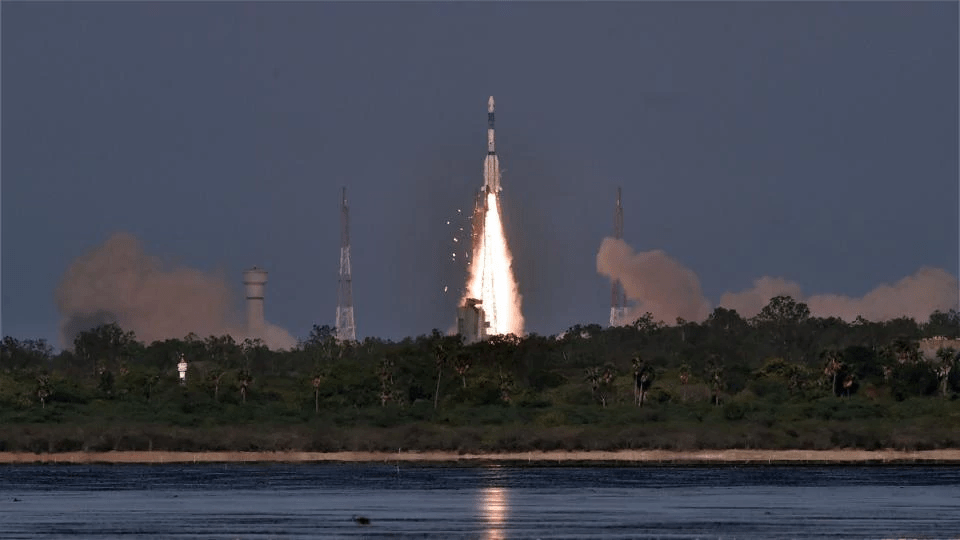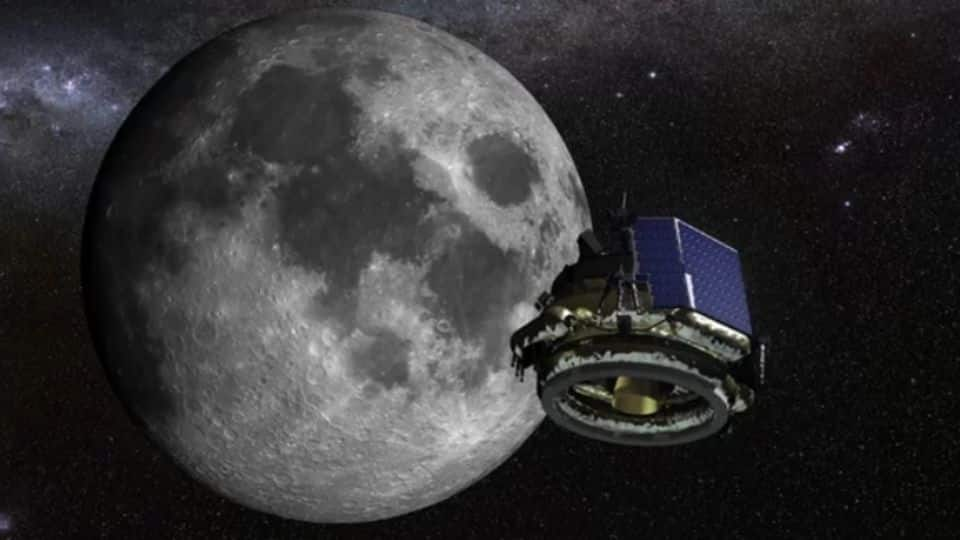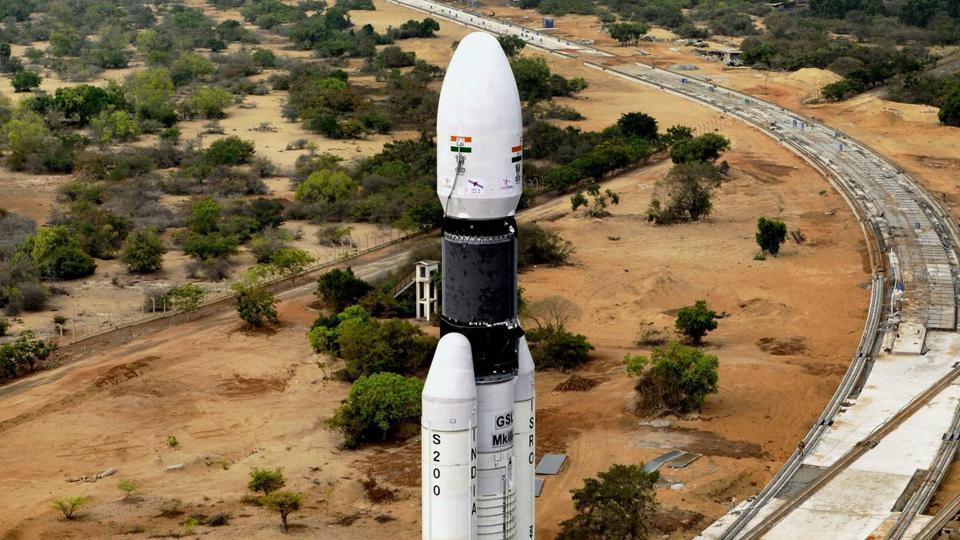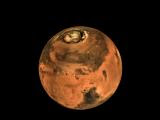Why everyone is worried for the lander
chandrayaan 2 status
Now it is a 'do or die' situation for the lander(Vikram) because the future is not looking good, it's predictable to be worse because the time period of day and night are different there on Moon then that on the Earth. To break it down into simpler words, a day on the Moon lasts as long as 29.5 Earth days. In other words, if you were standing on the lunar surface it would take "29.5 days" for the Sun to move all the way across the sky and return back to its original position again. so the lander and rover have very limited days of time for them to explore because after that the night will start and it will be unimaginably cold which will affect the condition of the lander as well as the rover because both of them are not designed to bear the cold temperature of Moon.
so let's hope for the best and let's prepare ourself for further missions because this is not the end many great missions and success to come, good luck to ISRO "JAI HIND"
Updates as per ISRO on chandrayaan 2 information
chandrayaan 2 status
Now it is a 'do or die' situation for the lander(Vikram) because the future is not looking good, it's predictable to be worse because the time period of day and night are different there on Moon then that on the Earth. To break it down into simpler words, a day on the Moon lasts as long as 29.5 Earth days. In other words, if you were standing on the lunar surface it would take "29.5 days" for the Sun to move all the way across the sky and return back to its original position again. so the lander and rover have very limited days of time for them to explore because after that the night will start and it will be unimaginably cold which will affect the condition of the lander as well as the rover because both of them are not designed to bear the cold temperature of Moon.
so let's hope for the best and let's prepare ourself for further missions because this is not the end many great missions and success to come, good luck to ISRO "JAI HIND"
Updates as per ISRO on chandrayaan 2 information
- All the payload of the orbiter is powered.
- Initial trials for the orbiter payloads are completed successfully.
- Performance of all the orbiter payloads is satisfactory.
- The orbiter will continue to perform scheduled science experiments to complete satisfaction.
- A national-level committee consisting of academicians and ISRO experts are continually analyzing the cause of communication loss with the lander and trying the best.




















